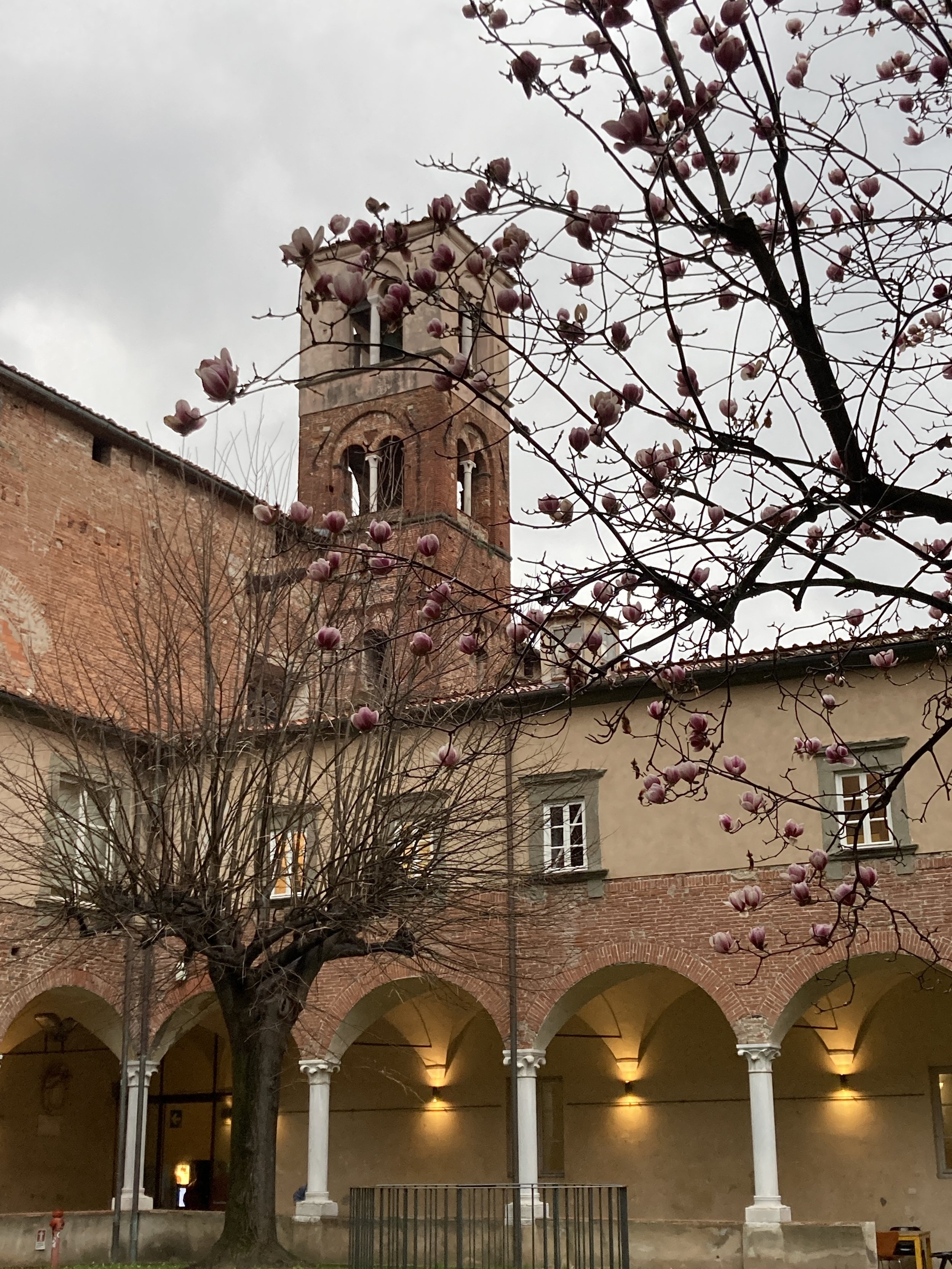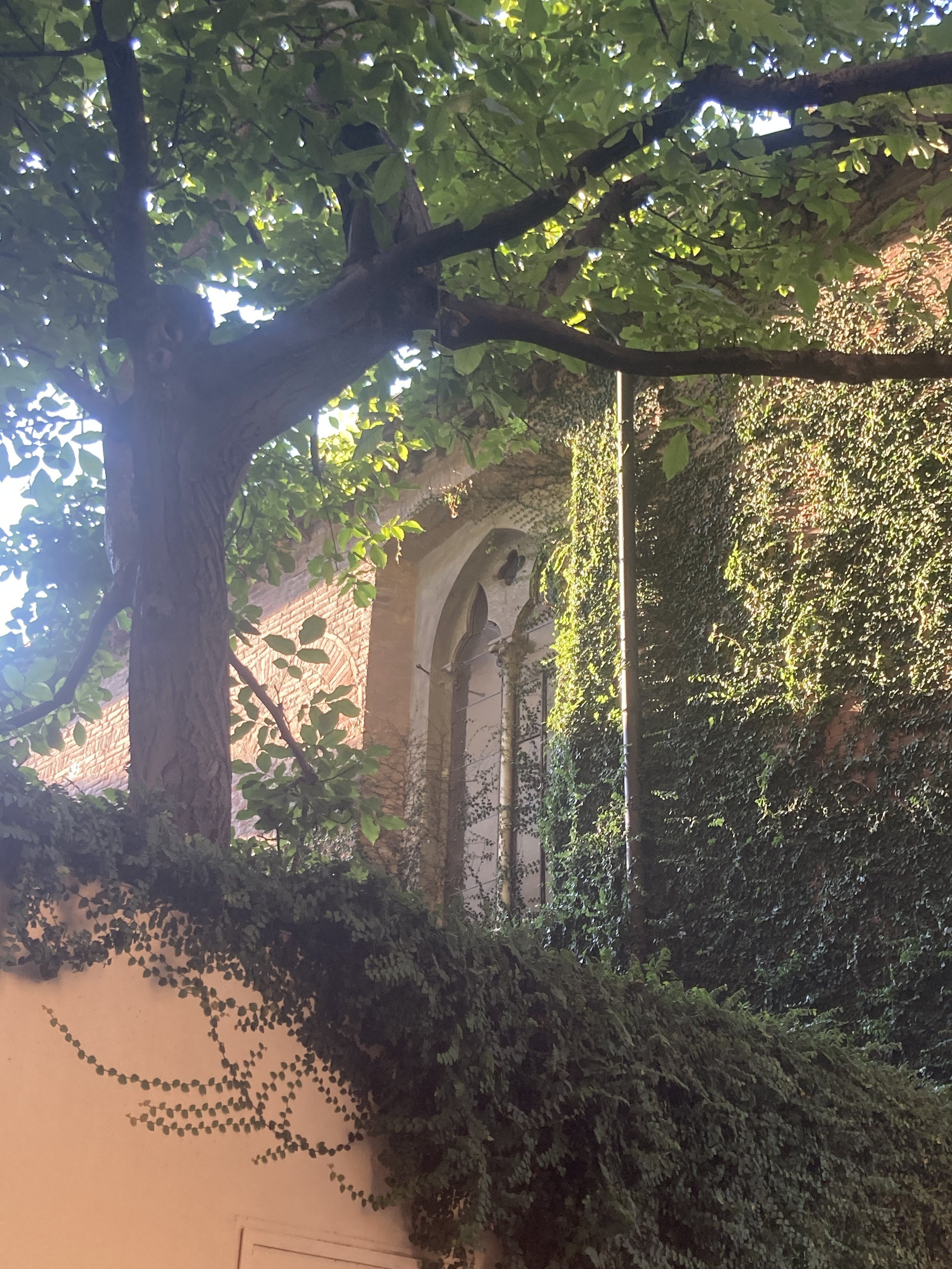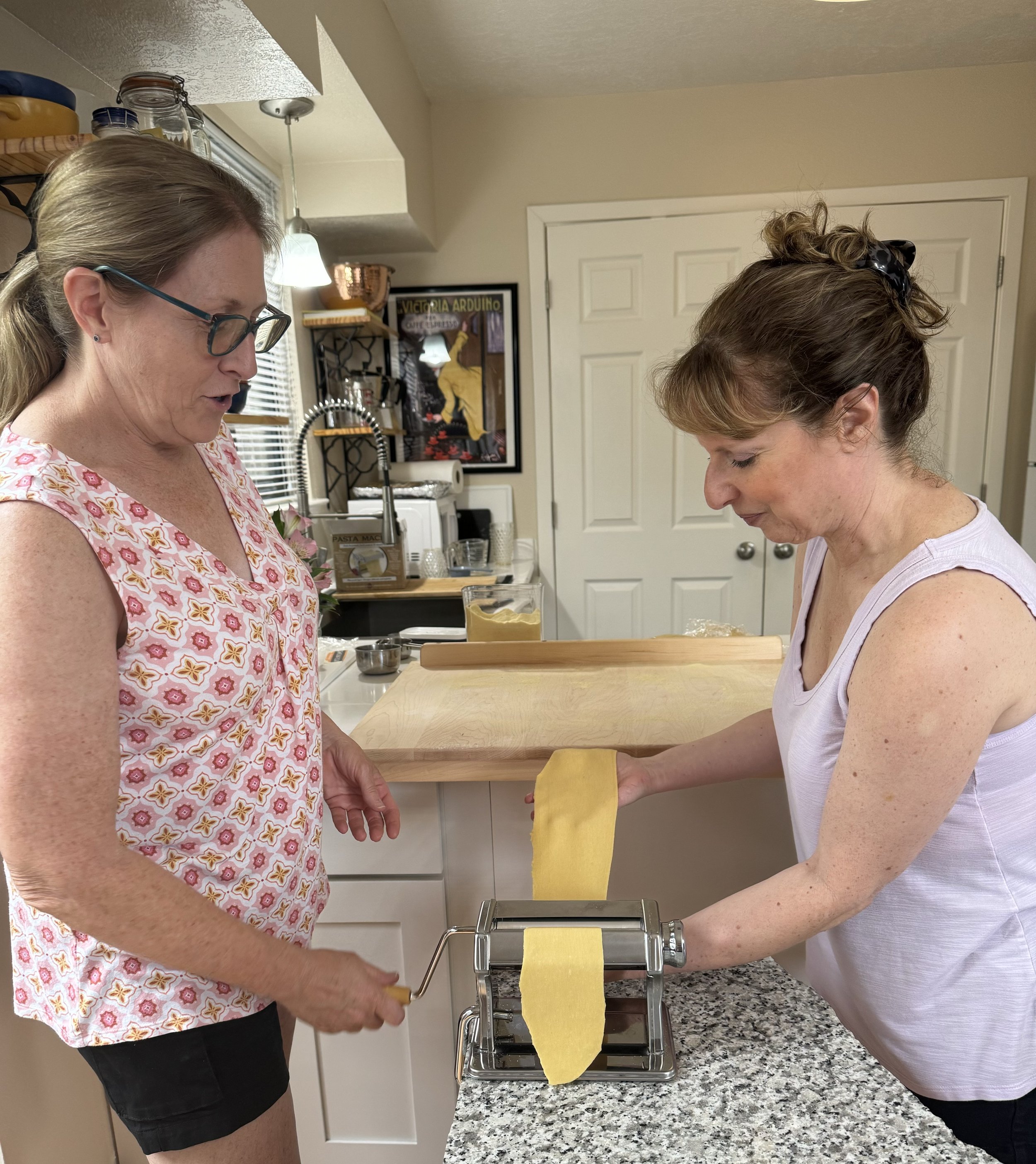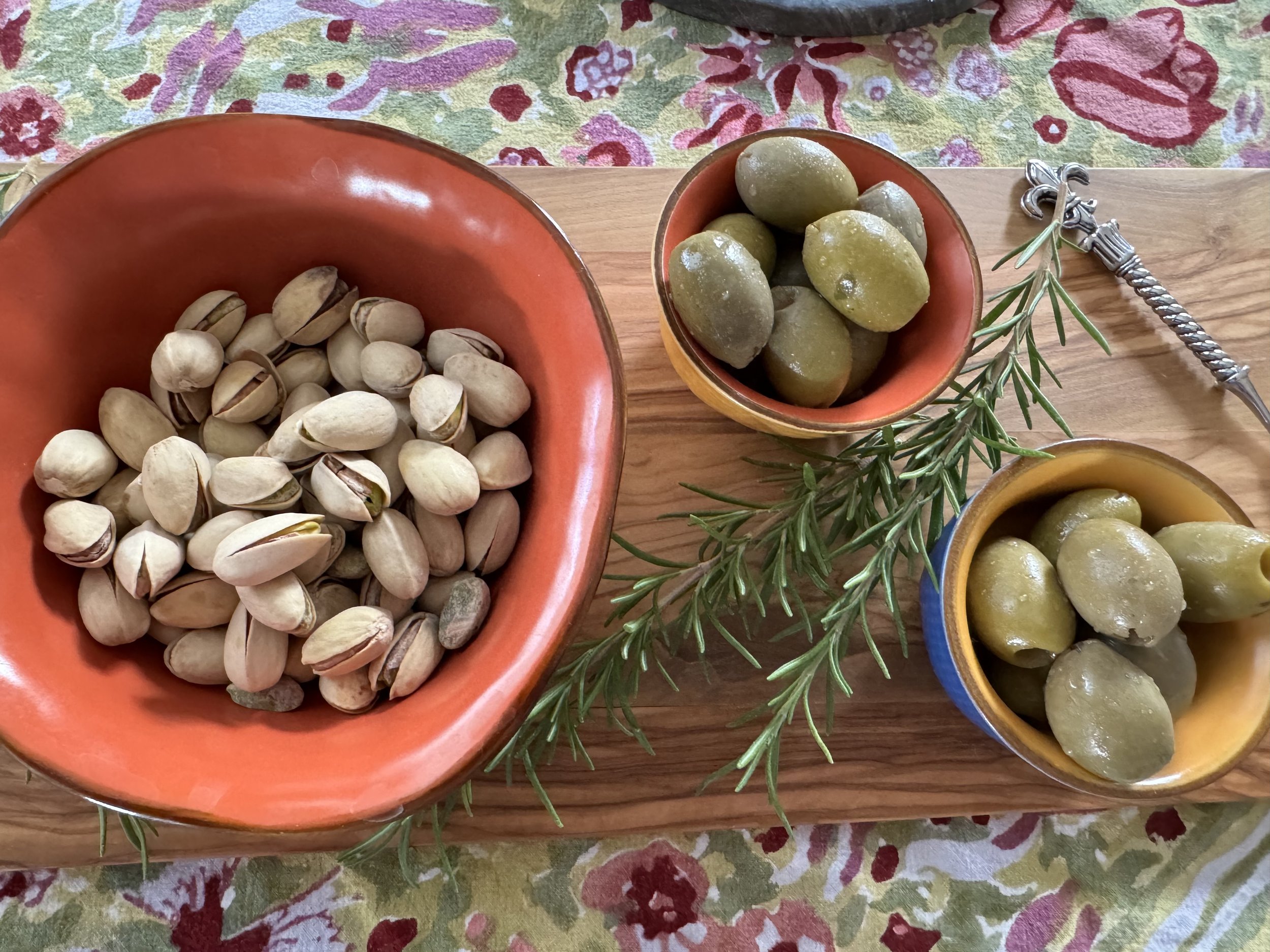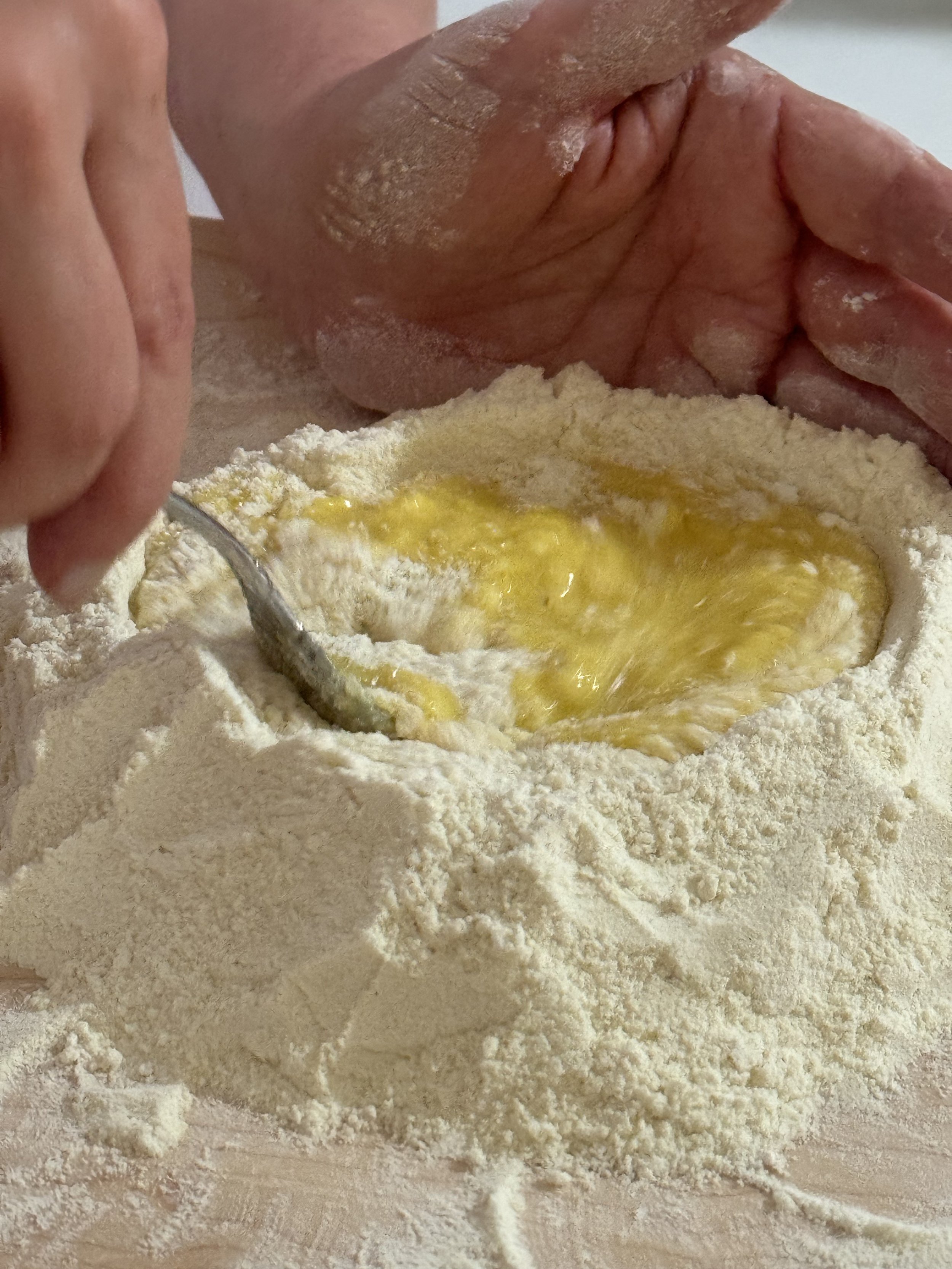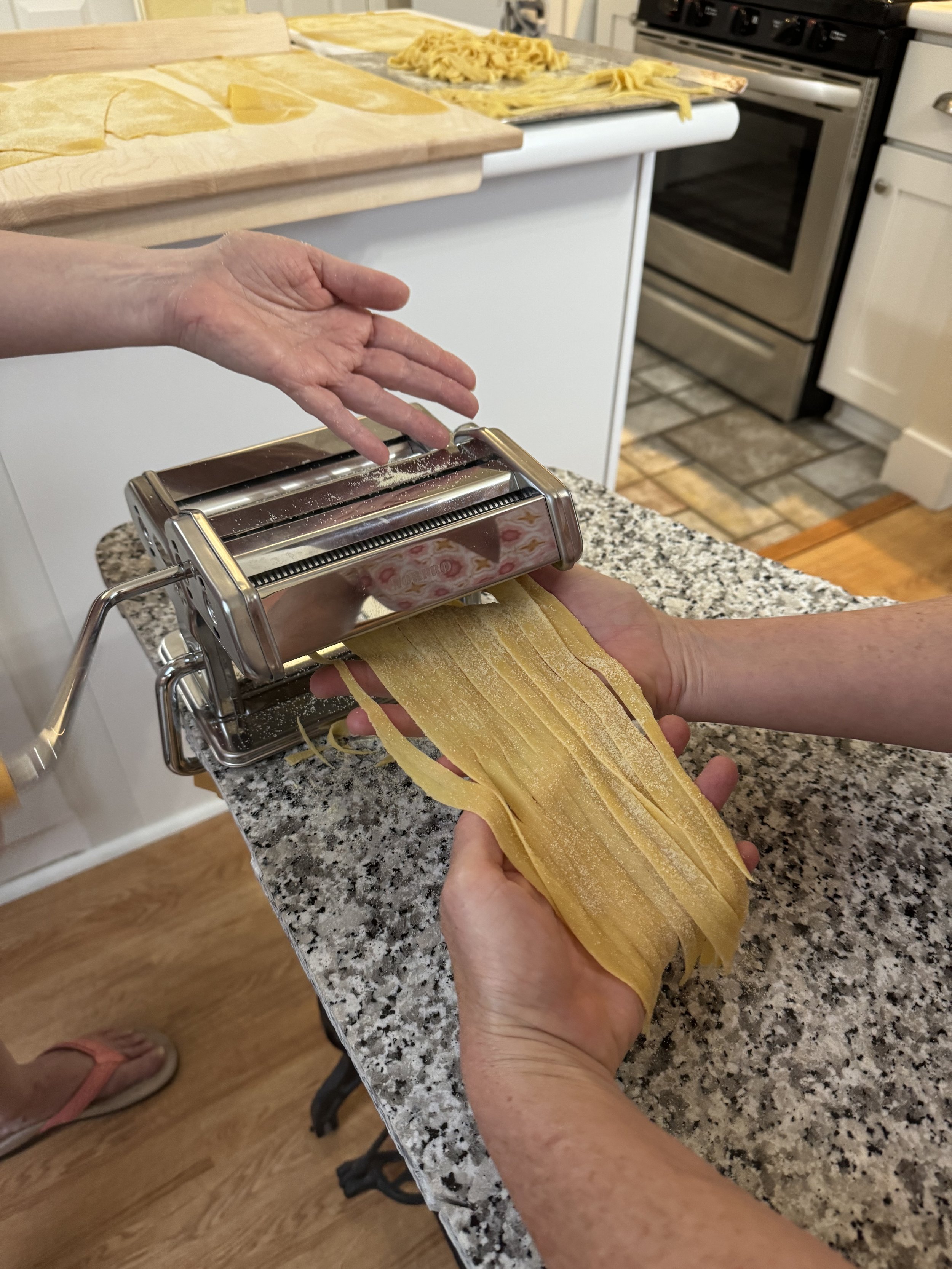Lucca In A Few Words
Just one of Lucca’s beautiful balconies
I am often asked to describe what it is about Lucca that I love and why I have chosen it as my base in Italy. Sometimes it is American friends who want the answer but very often it is an Italian, un proprio Lucchese (a true Lucchese), who asks me these questions. They are curious about where I came from and why I moved here. This often leads to a conversation about the joys of living in Lucca. Best of all, these conversations take place in Italian, a language I am still struggling to learn.
Recently I went to a local shop to buy some replacement lampadine (light bulbs) and a lampada (a lamp) for my bedroom. The delightful owner started the conversation – where was I from, how long have I been in Lucca, where in Lucca do I live, and why Lucca. I explained that I come from a big city in the United States, always in the car, lots of chaos and not so safe. Then I used the words I know best to describe why I love it here.
The Torre Guinigi, famously topped with Oak trees, rises up just around the corner from my Lucca apartment.
A glimpse of a church window on an early morning walk is one of Lucca’s delights
I said that Lucca was una città bella (a beautiful city), tranquilla (calm), sicuro (safe), accogliente (welcoming), con musica e arte (with music and art). Also that I loved le strade Medievale (the Medieval streets). He replied with a word that was new to me, but whose meaning was immediately clear, a word that made perfect sense. Lucca, he said, is vivibile.
Vivibile means livable. That is a perfect word to describe Lucca. Building a life here is wonderful because the city is livable. The historic walls are like a big hug (un abbraccio) and also serve as a place to walk, run, bike, and socialize.
Lucca has all the characteristics and charm of a Medieval Italian hill town but without the hills (good for aging knees and hips). The piazzas are filled with churches, statues, and fountains. The many beautiful wooden doors, some ancient and worn others newly painted, often with ironwork atop, are a photographers dream. Balconies are filled with flowers. There are enticing cafes, pasticcerie (pastry shops), and restaurants. Fresh food and good wine are available at reasonable prices. Lucca hosts events that make life more enjoyable – concerts, festivals, art shows, garden shows, opera – year round. All within walking distance! Above all the people of Lucca are amichevole (friendly).
One of Lucca’s many cafes, The Santa Zita, where you can enjoy a coffee or a drink with a view of the mosaic capped church of San Frediano.
I was happy to add this new word – vivibile - to my vocabulary of words that describe Lucca.
